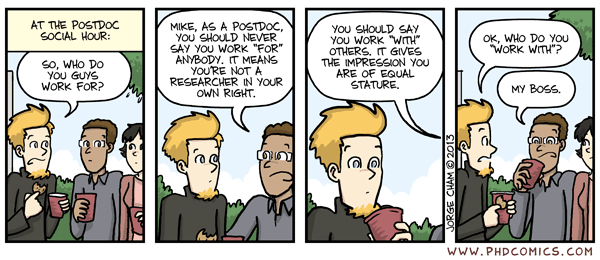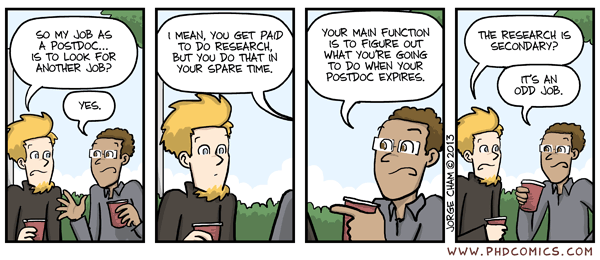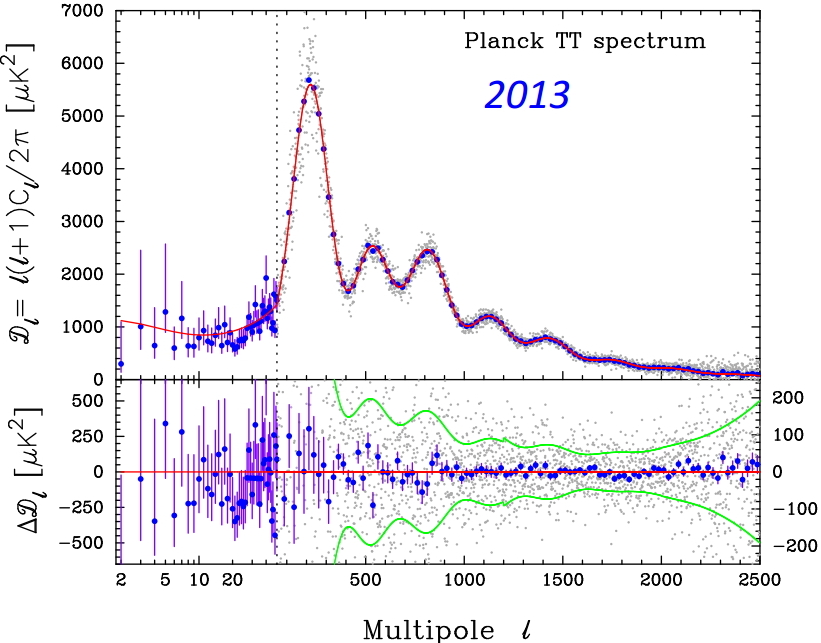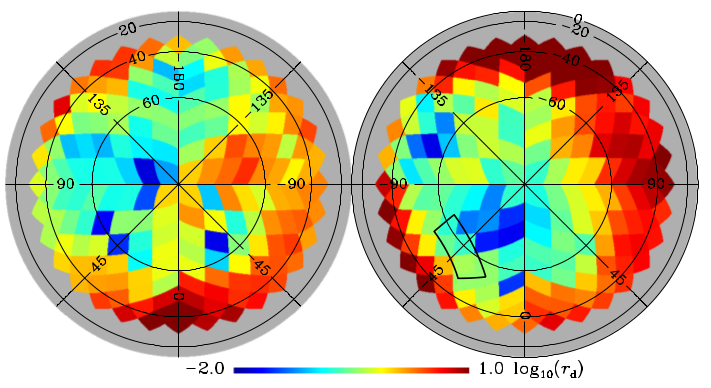I should have reported this a while ago, but better late than never: I have moved to a new job, at a new institution, in a new country. In fact since the 1st of October this year I have been employed by the Institute for Cosmology and Gravitation at the University of Portsmouth, where I now hold a Marie Skłodowska-Curie individual fellowship and the ICG's Dennis Sciama fellowship (though unfortunately I do not get paid two salaries at once!).
It's partly a sign of how much I have been neglecting this blog in recent times that I've only just got around to posting about this now, nearly a month after arriving here. But it is also partly due to the fact that I am still waiting for a functioning internet connection in my new home, so any blog postings must be done while still at my desk!
Anyway, I'm very excited to be working here at the ICG, because it is one of the leading cosmology institutes in the UK, and therefore by extension in Europe and also the world. The institute directors mentioned several times during staff induction meetings the statistics for how much of the research output here was graded "world-leading" or "internationally excellent" in the recent UK REF review — but I forget the numbers. In any case what's more important is that the ICG is home to world experts in many of the fields that I work in, and — crucially — that it is a very large, exciting and young department, with around 60 members, of whom 20 or so (20!) are young postdoctoral researchers, and another 20 are PhD students.
Since I like including pictures with my posts, let me put some up of the famous names associated with my fellowships. Here is Marie Curie, from her 1903 Nobel Prize portrait:
and here is Dennis Sciama:
Marie Curie is of course justly famous around the world and I'm sure everyone reading this blog is aware of her fantastic achievements — two Nobel prizes, in two different sciences, first woman to win a Nobel prize, discoverer of two elements, the theory of radioactivity, and so on.
Dennis Sciama is perhaps not quite so well known to those outside cosmology, but my what a towering figure he is within the field, and in the history of British science. Even the list of his PhD students reads like a who's-who of modern cosmology: Stephen Hawking, Martin Rees, George Ellis, Gary Gibbons, John Barrow, James Binney ...
The ICG in particular seems to have rather a fondness for Sciama — in addition to the fellowship I've already mentioned, we work in the Dennis Sciama building, and many of us make use of the SCIAMA supercomputer. I was a little puzzled by this, because although Sciama moved from Cambridge to Oxford to Trieste during his career, I wasn't aware of any special link to Portsmouth.
In fact the answer appears to be that a large proportion of the staff at the ICG happened to be (academically speaking) his grandchildren, having received the PhDs under the supervision of George Ellis or John Barrow. That, and the fact that it is always nice to name new buildings after really famous people!
Anyway, this will hopefully mark the start of a rather more regular series of posts about cosmology here — for one thing, my Marie Curie proposal included a proposal included a commitment to write short explanations of each new paper I produce over the next two years!
PS: A small factoid that caught my attention about Dennis Sciama is that although born in Manchester, his family was actually of Syrian Jewish origin. They originally came from Aleppo, in fact, though his mother was born in Egypt. In light of recent events it seems worth pondering on that.
It's partly a sign of how much I have been neglecting this blog in recent times that I've only just got around to posting about this now, nearly a month after arriving here. But it is also partly due to the fact that I am still waiting for a functioning internet connection in my new home, so any blog postings must be done while still at my desk!
Anyway, I'm very excited to be working here at the ICG, because it is one of the leading cosmology institutes in the UK, and therefore by extension in Europe and also the world. The institute directors mentioned several times during staff induction meetings the statistics for how much of the research output here was graded "world-leading" or "internationally excellent" in the recent UK REF review — but I forget the numbers. In any case what's more important is that the ICG is home to world experts in many of the fields that I work in, and — crucially — that it is a very large, exciting and young department, with around 60 members, of whom 20 or so (20!) are young postdoctoral researchers, and another 20 are PhD students.
Since I like including pictures with my posts, let me put some up of the famous names associated with my fellowships. Here is Marie Curie, from her 1903 Nobel Prize portrait:
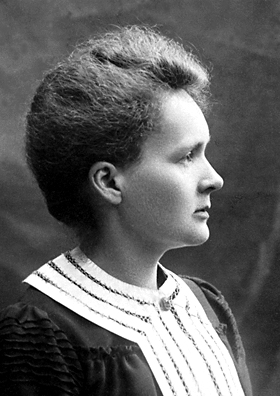 |
| "Marie Curie 1903" by the Nobel foundation. (Public domain) |
Marie Curie is of course justly famous around the world and I'm sure everyone reading this blog is aware of her fantastic achievements — two Nobel prizes, in two different sciences, first woman to win a Nobel prize, discoverer of two elements, the theory of radioactivity, and so on.
Dennis Sciama is perhaps not quite so well known to those outside cosmology, but my what a towering figure he is within the field, and in the history of British science. Even the list of his PhD students reads like a who's-who of modern cosmology: Stephen Hawking, Martin Rees, George Ellis, Gary Gibbons, John Barrow, James Binney ...
The ICG in particular seems to have rather a fondness for Sciama — in addition to the fellowship I've already mentioned, we work in the Dennis Sciama building, and many of us make use of the SCIAMA supercomputer. I was a little puzzled by this, because although Sciama moved from Cambridge to Oxford to Trieste during his career, I wasn't aware of any special link to Portsmouth.
In fact the answer appears to be that a large proportion of the staff at the ICG happened to be (academically speaking) his grandchildren, having received the PhDs under the supervision of George Ellis or John Barrow. That, and the fact that it is always nice to name new buildings after really famous people!
Anyway, this will hopefully mark the start of a rather more regular series of posts about cosmology here — for one thing, my Marie Curie proposal included a proposal included a commitment to write short explanations of each new paper I produce over the next two years!
PS: A small factoid that caught my attention about Dennis Sciama is that although born in Manchester, his family was actually of Syrian Jewish origin. They originally came from Aleppo, in fact, though his mother was born in Egypt. In light of recent events it seems worth pondering on that.

